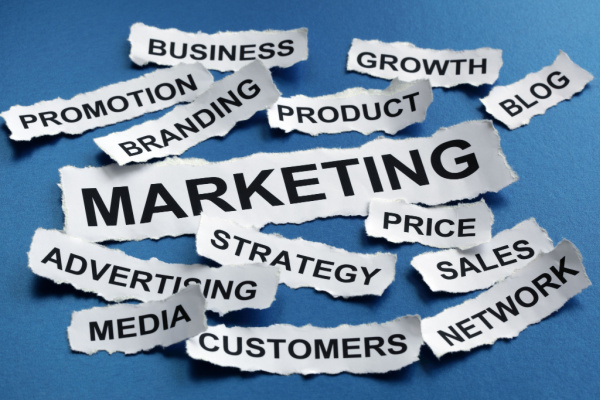As companies up their efforts to attract top salespeople, it may feel as if you should jump at the chance to snag any promising prospect at the drop of a hat. But the truth is fit within your company culture can be just as important as skills and resume. For this reason, it’s always imperative to build consensus within your organization that the hire will be a good one. This is why “meet the team” interviews have become a popular segment in the recruiting process. But how do you make sure it’s an effective one? Here we’ll outline four steps to ensure you get the most out of yours.
Understand the Purpose of the Meet the Team Interview
Although technically an interview, it’s essential to understand the specific aim of a “meet the team.” When you schedule one, most likely, you’ve already assessed that the candidate could do the job well if hired. Ideally, they will have passed a screening call, sales/personality assessment, and an initial onsite interview with either the owner or someone in a leadership position. Therefore, this segment should not be a chance for every person in the organization to take turns grilling the candidate about their abilities and experience. Instead, it is to evaluate the candidate’s fit within the company and see if their values and demeanor align with those of the people they will be working for and with. It is also an opportunity for both sides to build rapport and excitement about working together. Hopefully, if a “meet the team” is done correctly and the candidate is a good fit, everyone can clearly envision them in the role and invest in the idea of making their time at the company a success.
Communicate with the Team
To ensure this is the case, you’ll have to ensure the entire team understands this and their role in the process. Recruiters must communicate to the group what the tone of the meeting should be and encourage them to prep questions that assess cultural fit or anecdotes that will help the candidate get a sense of the workplace they will be joining. This is not to say the interview will be completely informal. Team members should also be provided with the usual key information, such as the candidate’s resume, job description, and other professionally relevant information. Be sure to also share why you feel the candidate is a strong fit for the role. But overall, the focus should be on creating a comfortable and engaging environment where candidates can express their personality and everyone can envision them as part of the company.
Choose the Interview Format
There are a few factors to consider when deciding the format for a “Meet the Team.” The style you choose should represent the current level of the sales department and the company’s culture.
Personnel: If your organization is at the Sales Foundation and Development level, you might choose to have the candidate sit with everyone in the company. For the Sales growth level and beyond, have them sit with the department heads.
Interview Format: The two interview formats recruiters can choose from are:
- Lunch/happy hour format – This format aims to have the candidate meet the team casually to see how they interact from a cultural perspective. Specifically, with the happy hour format, you will be looking to see how the candidate handles themselves after a few drinks. Recruiters should ensure that each team member has ample time to introduce themselves, explain their role within the company, and get to know the candidate.
- Rotating individuals/group format – The aim of this format is to make sure everyone on the team is comfortable around the candidate and that they can handle high-pressure situations. It should be designed to mimic a setting they might have with potential sales prospects.
Evaluate the Candidate
After the meeting, sit down with team members to hear their thoughts, either individually or in a group setting. Have them evaluate the candidate’s interpersonal skills, how they handled the group setting, and how they deal with high-pressure situations. Remember that salespeople often work on an island where they must be self-motivated and self-sufficient. If everyone agrees that the candidate is a good fit, the next step should be the offer letter stage. If there are concerns, recruiters should have another conversation with the candidate to give them a chance to address them. Then make your final decision. Regardless of the outcome, be sure to also allow for feedback from both the team and the candidate on the interview so you can fine-tune to develop the most effective process going forward.
If you need more help developing a robust sales recruiting process, consider getting expert help. As a 100% MSP-focused sales service, OSR Manage can help fine-tune your recruiting process to attract the talent you need, no matter your vertical or niche.











